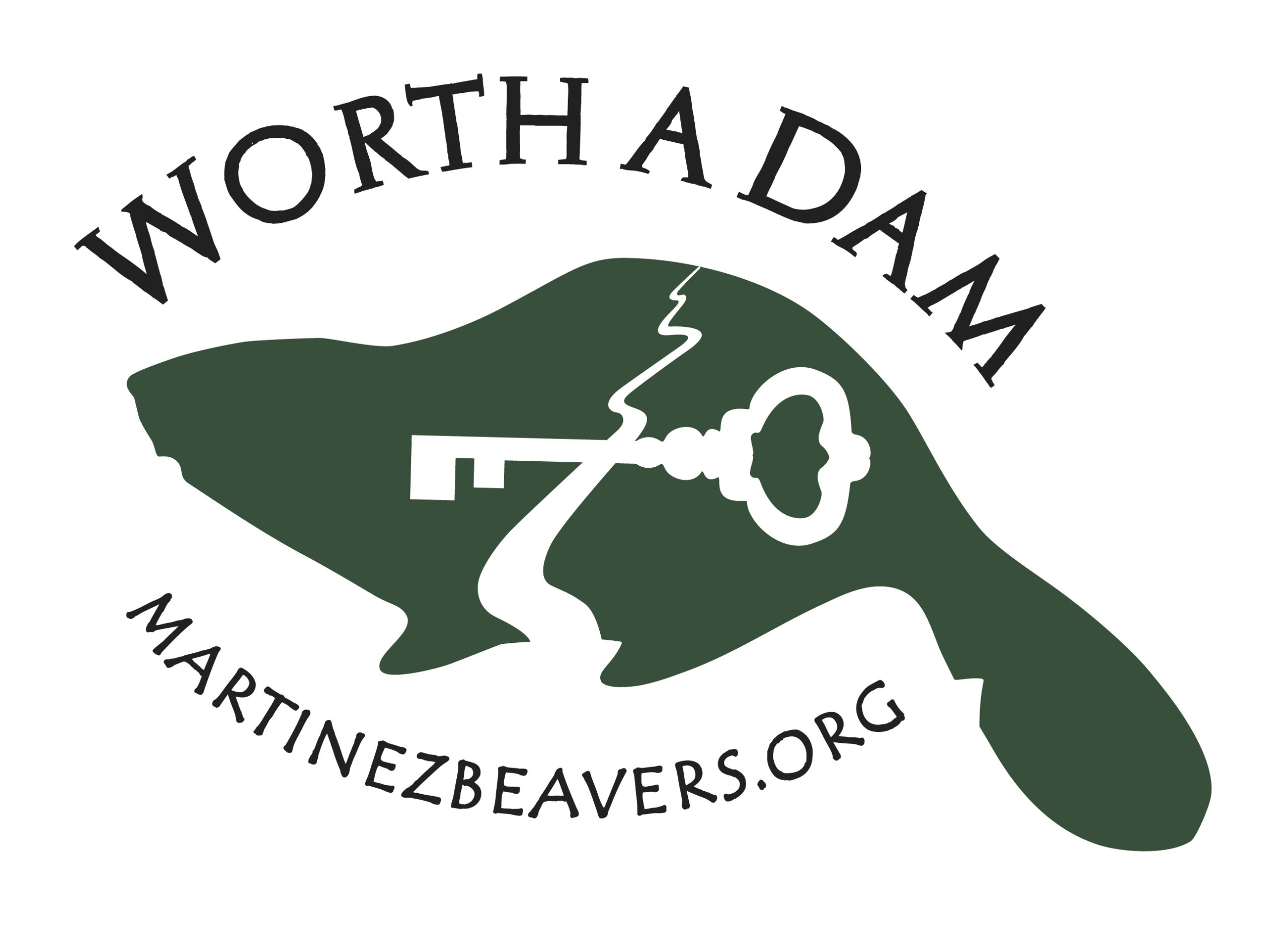Let’s say (and why not?) that early settlers accidentally introduced an invasive plant that they originally thought was a good idea — great for bees, medicine, and kinda pretty. Let’s say they encouraged said plant, gave the seeds to their neighbors, and were very pleased that it reproduced so well in lots of different areas. The plant grew especially well in wetlands, which they thought at the time was okay too. Fortunately about the time they figured out that this plant wasn’t very good for the animals and the environment there were less wetlands to worry about. Remember, early trapping records say there were tens of beavers for every mile of stream, and when we killed millions of them, we lost much of our wetlands and stopped the spread of that difficult plant.
Two birds. One stone, so to speak.
I’m talking of course about this hideous villain. It’s called “Purple Loosestrife” and has taken hold in the north east and choked out other, kinder plants. Yecch! Brace yourself, the image is pretty grisly.

Trouble is, no one really wants to eat it, it’s hard to pull up, it survives horrific conditions, and it ruins things for the shoreline critters. There’s some effort to introduce a beatle that is controlling it naturally (how could that possibly go wrong?) but in the mean time, guess who the great state of Massachusetts has decided to blame?
Beavers!
Remember, this is a state that outlawed cruel traps in 1996, and has been whining about it since the moment the bill was signed. Instead of using crushing Conibear, snares, or leghold traps, you must now painstakingly catch them in a cyclone fencing suitcase, keep them safe until morning and then shoot them very politely through the head. Oh the humanity! How inconvenient! Even though it is still perfectly legal to kill beavers, and a third of the year you can do so without a permit, and all year you can kill them the old way pretty much whenever any human property is threatened, Massachusetts bemoans the change and says that their population has increased by 60,000 beavers since the law was passed.
Are you following me? Because there are more beavers, there are more wetlands, and (insert horror music here) more pernicious purple loosestrife!
Enter Mr. Glenn E. Krevosky of EBT Environmental Consulting. He has a theory, and like all good theories, it blames the rodent. He says that beaver dams cause flooding, destroy native plants and then make space for Loosestrife to take over. If there were fewer dam beavers, (he has persuasively shouted to the media), we could rid ourselves of this purple menace once and for all. Of course I went immediately to research his copius studies proving this brilliant hypothesis, and saw that the sum total of all literature published in peer review journals on this theory is zero. No research whatsoever. Nada. Not that this has troubled the media, mind you. They are perfectly happy to write down what someone from a very environmental sounding company says. (Of course I couldn’t find EBT consulting either, so who knows what E.B.T. stands for? Everybody Blames Them?)
Here’s the thing: no one’s studying this, so no one knows. From the University of Michigan
Still, a scientist like Mr, Krevosky can’t let little things like facts stand in his way when the future of crushing traps is at stake. He “believes” beavers are responsible for the increasing loosestrife population. This is still America isn’t it? We are all entitled to our beliefs! One might object to several papers printing his unproven beliefs as if they were fact, but why quibble? I may have my own belief that the more bad things he says about beavers the more likely he is to close difficult consulting contracts with Fish and Wildlife or Public Works, but the important thing is to share our beliefs. Right?
What would make a blogger bold enough to write this article in defense of beavers? How could I know more than the owner of an environmental consulting firm? Just who in the heck do I think I am anyway? Ahh…Guess what the University of Michigan says prevents propagation of the species? Ah go on, guess. Flooding. Turns out that plant can’t make babies under water. Flooding an area for an enduring period of time is listed as one way to get rid of the plant and discourage new growth — like when the water level is raised from a dam, for instance.
Just sayin’.


